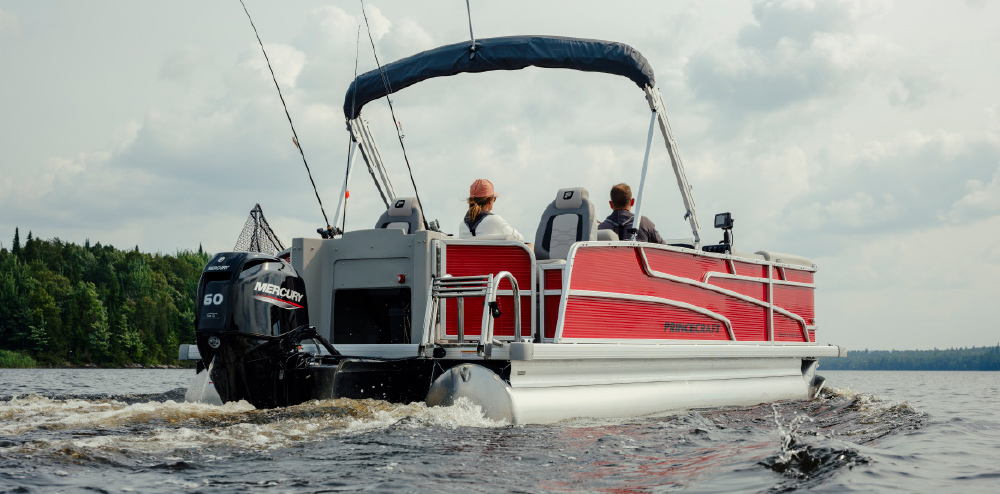
Bluegills, redears, pumpkinseeds, warmouth, shellcrackers and their panfish-sized ilk remain active, accessible biters that many summer anglers use as a “Plan B” when fishing with beginners or as “backup” targets for fishermen who cut their angling eyeteeth fooling the feisty fish but moved on to larger game once they figured they had mastered the hook and line sport. The panfish are often considered “patsies” by anglers who know how easy sunfish are to catch in the spring, and how small their relative size can be compared to bass, walleye, trout and even their crappie cousins. Few fishermen direct their attention toward catching bluegills and other sunfish, especially in the summer months when even these panfish can present a challenge, especially the larger specimens.
Any time during the open water season, if I am entertaining kids or non-anglers aboard my boat, and they express an interest in catching a fish, (and what kid doesn’t) I will count on sunfish to make the effect a success. Beginning anglers of any age don’t care what they catch, as long as the bobber “bobs” and they get to hook and land something with fins. The bonus of a spirited battle that a chunky bluegill brings to the game makes sunfish even more fun for first timers to target.
But again, size doesn’t matter when introducing anglers to fishing, when it’s all about quantity to keep their attention, give them confidence, and teach them the basics of baiting hooks, casting, presenting baits, setting the hook, fighting and landing the fish, unhooking and releasing – or keeping the fish for a meal. And many are the anglers who prefer the sweet meat of bluegill over all others.
To tangle with sunfish, and your deck or pontoon boat is at a dock, you may not even have to fire up the engine to get into the action. Ditto launch ramp, courtesy and designated fishing docks, where fish-holding structure may have been sunk to draw fish within easy casting distance. Some of the best panfishing can often be found right under the boats, or around the dock pilings that provide shade, food and cover for bluegills and their finned kin. Dropping a worm-baited hook suspended a few feet under a bobber near any structure will reveal the presence of any sunfish in the area. Depending on water clarity and temperature, you may have to set the bobber to hold your bait deeper until you find the level where the sunfish are holding – or where the bruiser bream are concentrated. Often the small sunfish are the shallowest, with the larger specimens holding in the deeper water below or adjacent to the shallow biters.




